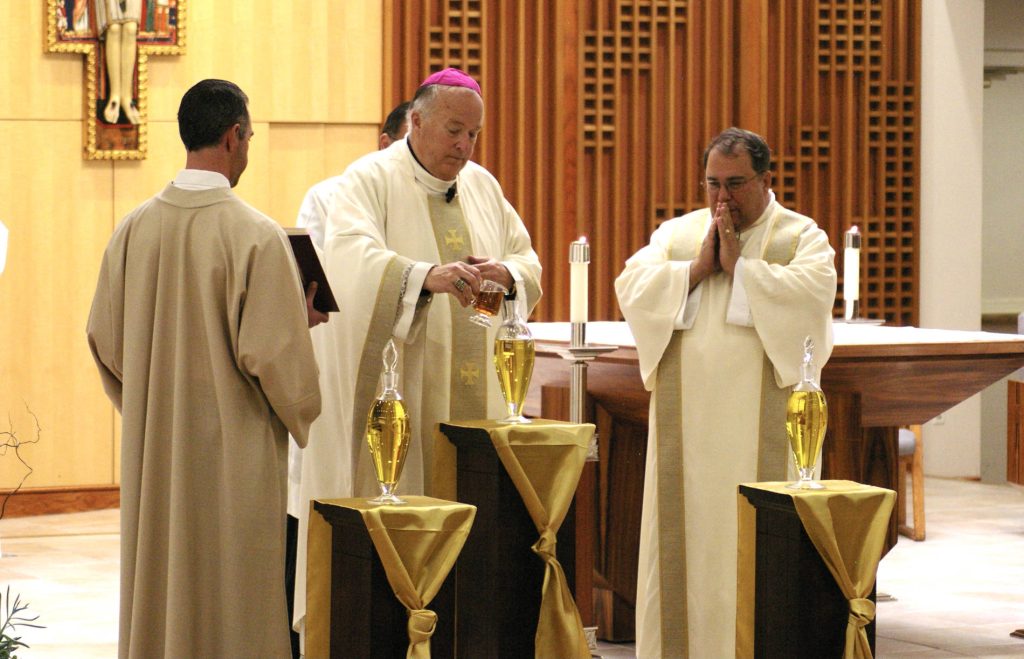By Noreen McInnes
Our 40-day Lenten journey is a time of prayer, fasting and almsgiving to prepare ourselves to celebrate the resurrection of the Lord more fully.
This holy season begins with Ash Wednesday, which falls on Feb. 22, and ends at sundown on Holy Thursday, April 6.
Throughout Lent, we are called to deepen our relationship with God through prayer and with our neighbor through charity, evidenced by almsgiving and mercy. Through these corporal and spiritual practices, the entire Church joins in solidarity with the catechumens who are preparing to renounce Satan and embrace Christ when they receive the Easter sacraments.
Lent is a reminder of our own baptism, when we died to sin and rose to new life in Christ. The ashes we receive in the sign of a cross on Ash Wednesday are made from burning last year’s palm branches. The connection between the cross and the Resurrection symbolizes that our self-denial leads us to Easter joy.
Prayer
The chief activity of Lent is a renewal of our daily practice of prayer in anticipation of the celebration of Easter and, ultimately, when we are called home to the Lord. If one’s calendar permits, attending daily Mass, Stations of the Cross, and Scripture study can lead to an inner conversion of our hearts to Christ’s. There are many online prayer resources; for example, the U.S. Conference of Catholic Bishops’ website offers the daily Mass readings in print and in a podcast at bible.usccb.org/daily-bible-reading.
Fasting and Abstinence
Members of the Latin Catholic Church (as opposed to Eastern Catholics, who have their own Lenten observances), from age 18 until age 59, are obligated to fast on Ash Wednesday and Good Friday. They are permitted to eat one full meal, as well as two smaller meals that together are not equal to a full meal. The obligation to fast is dispensed, however, for those that are ill or pregnant.
From age 14 onwards, members of the Latin Catholic Church must refrain from eating meat on Ash Wednesday, Good Friday and all Fridays during Lent.
Fasting and abstinence are not just about eating less, but are a way that we share in the suffering of Christ through self-denial. The Lenten season is a time when we focus on becoming more Christ-like and give up something that might keep us from a closer relationship with Christ. For that reason, many go beyond fasting and abstinence and also add a voluntary sacrifice or two.
Almsgiving
Giving alms draws us out of a focus on ourselves, so that we will reach out to our neighbor in generous, selfless charity. We should not be limited to monetary gifts, but to share our lives in service and corporal works of mercy. Ask your parish, a local crisis pregnancy center, or an organization like Catholic Charities what volunteer opportunities are available.
What Else Should You Expect?
Other signs of Lent you will notice during Mass are the purple vestments and the omission of the joyful singing of the “Gloria” and “Alleluia.” The more somber Lenten music, the lack of flowers, and the simplicity of liturgical environments all signal a fasting of sensory pleasures.
Noreen McInnes is director of the Diocese of San Diego’s Office for Liturgy and Spirituality.









